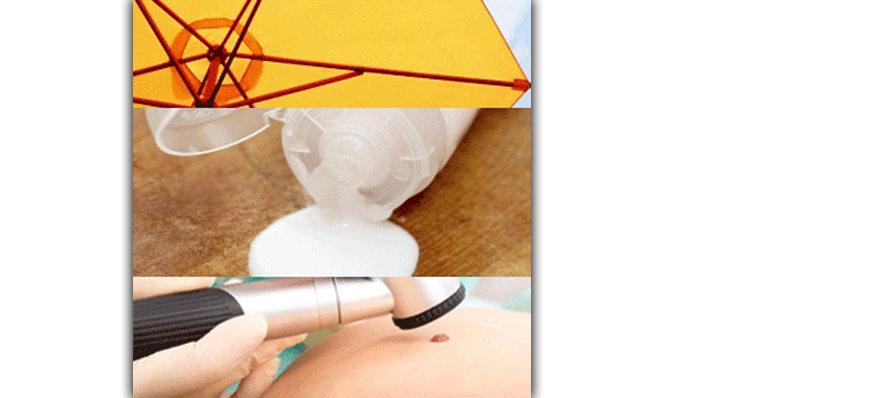Pros:
Because of the high concentration, results are usually seen immediately. This is what people refer to when they talk of a “post-peel glow.”
When done regularly, peels can deliver visible results in the skin that are impressive. This can be even further sustained with a daily at-home regimen designed to sustain similar effects, such as our Re-Everything, Illuminants+, Id and SuperSkin Care.
Cons:
1. If done irregularly (and in some cases even when done regularly) the effects may not be sustained.
Chemical peels tend to be done monthly or less frequently. For some people, monthly sessions are enough to deliver visible results that are sustained in between sessions. For most, sustained, long-term effects are best achieved by combining regular peels with a good daily skin regimen that has active ingredient products to compliment the peels, such as Re-Everything if you get glycolic acid peels, Illuminants+ if you get kojic acid peels, SuperSkin Care if you get retinoic acid peels, or Id if you get salicylic acid peels.
Even if monthly peels are already giving you good results, using active ingredient products daily and regularly over several years can help you maximize your chances for sustained results. As you use active ingredient products over time, your skin’s internal structure changes according to the therapy imparted by the products. Because of the intensity of chemical peels, they cannot be done daily. It is a delicate balance of consistency and intensity of therapy that delivers sustained results. For best results, both a regular peel and at-home, daily therapy with AHA or BHA products is recommended.
Note: depending on how abrasive the peel is (or if it’s badly done) you may not be able to use any active treatment products.
2. If not administered carefully, chemical peels can be dangerous.
Improperly administered chemical peels can cause post-inflammatory hyperpigmentation or PIH (darkening, often severe darkening that is difficult to reverse), and even serious burns.
Due to the medical-grade intensity of the treatment, a chemical peel should only be administered by a dermatologist, a trained and licensed esthetician, or a dermatologically-trained registered nurse with a dermatologist on site to monitor the procedure.
Chemical peels in pre-packaged form (with one dose for every patient) are not normally recommended. Each person’s skin is different, and can tolerate different doses of these serious drugs at a time. A pre-packaged peel may have a dose way too high for your skin, and can cause burns or PIH. Only your dermatologist can determine what concentration to use for you, and monitor the procedure to ensure your skin’s tolerance of the treatment.
Chemical peels must always be performed in a controlled environment with properly-trained and licensed professionals administering and monitoring you the entire time. They must never be self-administered at home.
To Chemical Peel or Not To Chemical Peel?
Chemical peels are great options to pursue but with these important things to keep in mind:
For your safety, make sure the chemical peel is properly administered:
- Your dose is set by your dermatologist (not a pre-packaged product).
- The peel is done at a clinic by a registered nurse supervised by a dermatologist or by the dermatologist her/himself, or by a trained and appropriately licensed esthetician.
For Sustained Results:
- Use products with similar or complementary active ingredients regularly (and properly), in between peels.
- See Re-Everything, Illuminants+, Superskin, and Id to select a VMV Advanced Treatment system consistent with your chemical peel.
- Use a skin-safe, broad-spectrum sun and light screen like Armada every day, both indoors and outdoors, as active treatments (especially at the doses of chemical peels) can make your skin more photosensitive.
- Practice prevention. Even the best, most intensive therapy can fail if you continue to expose your skin to ingredients that can trigger the problem. Allergens can cause irritations and inflammations, an important cause of skin aging. Photo-allergens (ingredients that can react with light to cause darkening) could be causing pigmentation problems even as you try to treat them. Comedogens can make anti-acne peels and regimens unsuccessful. Browse our Essence Hair, Body and Bath Care, Skintelligent Beauty Makeup and Sandpoint Living lines for prevention options.
Click here for tips on selecting a dermatologist.
Click here to learn about our clinically-sound, skintoxicating Vx Facials and Skin Services.




